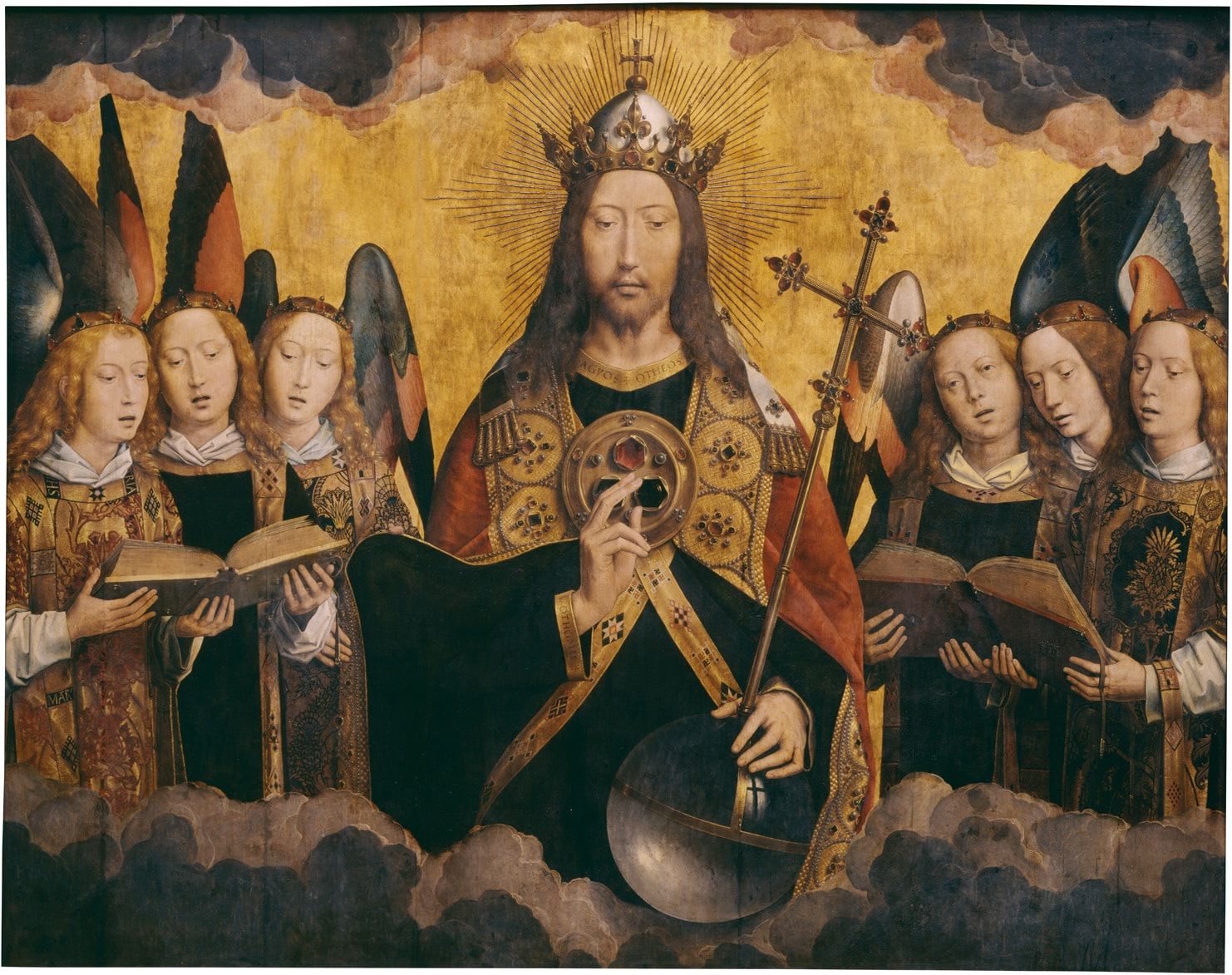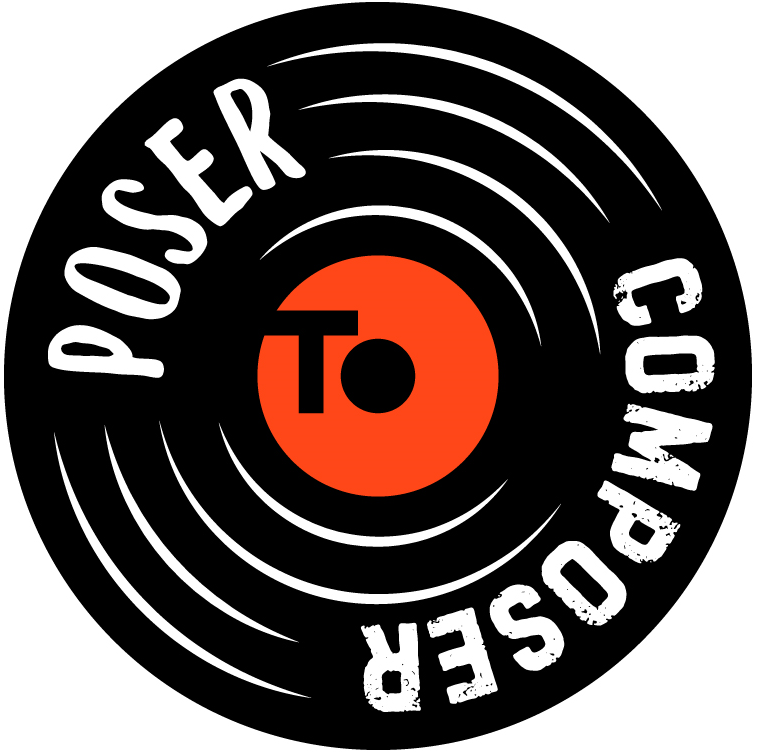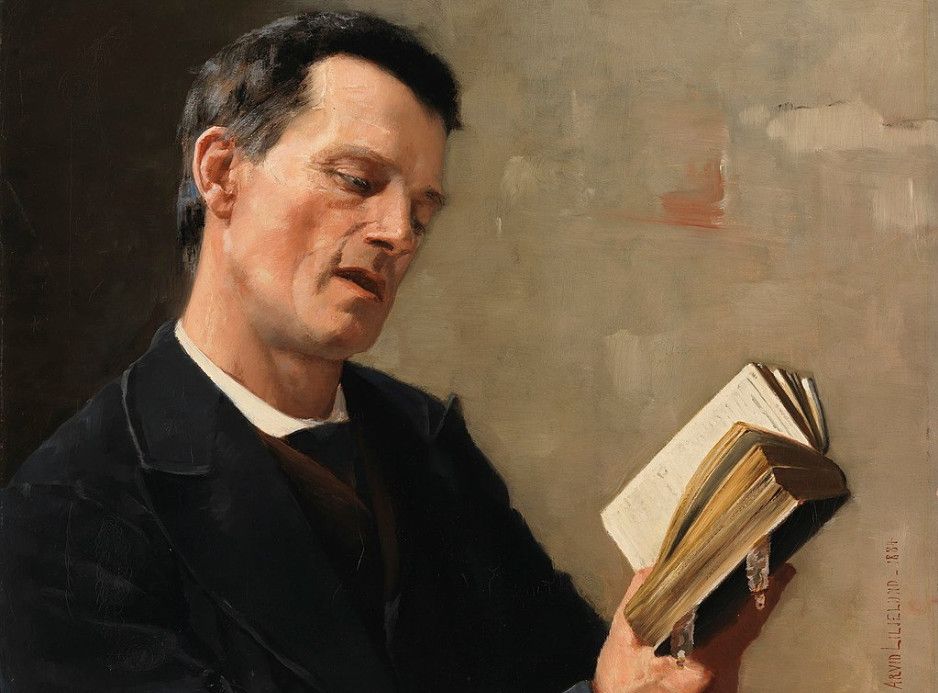
A quote from the book Music Through the Eyes of Faith by Harold Best:
When pipe organs were introduced into the church, Christians were up in arms. How could this monstrosity, taken from pagan contexts, be anything other than an instrument of the devil?
The church has for centuries waged one brush war after another over the question of whether or how art and music "mean"—what it means to borrow styles, forms, processes, tunes, techniques, textures, shapes, gestures, and instruments from secular sources. Presently the debate centers around rock and New Age music. A few decades ago it was about jazz and popular ballads.
The previously condemned becomes merely questionable, if not outrightly sacred. After all, what about pipe organs? (Or today is it synthesizers?) Now considered to be a churchly instrument, who would dare secularize it?
Best goes on to ask if all art forms carry meaning the same way, or is music particularly suited for evangelizing the gospel of Christ. I don't have a ready answer for that, but I do agree with Marshall McLuhan that the medium is the message: it's how that particular song, painting or poem makes you think and feel. Does your encounter with it help you feel closer to Christ or does it bring out the natural man? Do you experience feelings of peace and joy or does it drive away the Holy Spirit?
Also, music is mentioned as being around before the world was made. In Job 38:7, it says "the morning stars [angels] sang together, and all the sons of God shouted for joy" . I'm sure we could find other references in scripture as well.


